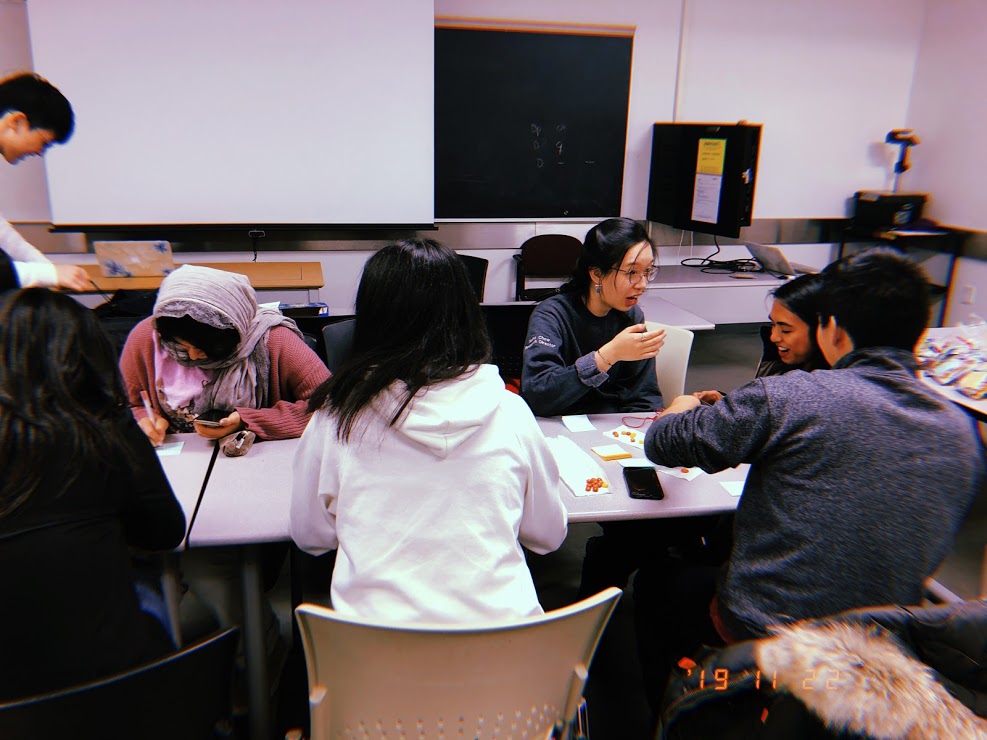By Chrishma Patel
Let’s be real, we’ve all heard our high school teachers say, “In university, your professors won’t let you in if you’re even seconds late!” Well, I’m here to tell you that isn’t true. Your professors don’t have keys to lock lecture hall doors, but it will definitely be awkward though if you walk in late after the lecture has started.
Your teachers are right about university being different from high school, though. Most of the changes are straight forward and you will adjust within a couple of weeks. Here are the five that many high schoolers wonder about before they head to university.

1. Class Sizes
University lectures are generally larger than high school classes. At McMaster, our largest lecture hall can hold just over 600 people! This can definitely be scary but it isn’t nearly as large as it seems.
Professors do a lot of things to keep students engaged in class. For example, we have these multiple-choice remotes known as iClickers. The professor can put up a question during class and you select your answer on the spot. It forces you to pay attention and it helps the prof see where the large class is struggling.
Usually, your larger classes are electives but your program-specific classes will be smaller. As you progress through the years, your class sizes will get smaller. My last large class was in second year and we had just over 400 students. Now, in fourth year, my classes are 10-50 people and my smallest class has 9 students!
2. Attendance
For large lectures, the professor won’t take attendance. They simply don’t have the time since most lectures are 50-90 minutes in length. They might take attendance in smaller classes and tutorials, but this is not too common. No more deciding whether you should say “here” or “present” when they call your name.
3. Leaving Class
For lectures, similar to how there’s nothing keeping you from arriving late, you are also free to leave class at any time. Gone are the days where you need to ask, “Can I go to the bathroom?” followed by the response, “I don’t know, can you?”
With that said, keep in mind there are others in the class! Be sure to follow proper student etiquette. If you need to leave early choose a seat by the door so you can step out of lecture without having to walk past rows and rows of fellow classmates. If you’re in a smaller class, you’ll want to let your professor know in advance. For larger lectures, you could give your professor a heads up as a common courtesy.

4. Your Weekly Schedule
In university, you get lots of say in the structure of your schedule. Some classes have a weekly lecture. Others are three times per week. Regardless, you won’t have the same class every day and the times which you have class differ daily. Sometimes, my day starts at 8:30 a.m. (thank you coffee!). Other days, my first class is at 1:30 p.m. You also may not even have class every single day.
5. Due Dates
You usually know the due dates of all your assignments and tests at the start of the semester. This information is displayed in the course outline which your professor provides you before classes begin. Now you can actually plan out your stress-screams in advance!
Although there are some similarities between high school classes and university lectures, there are definitely more differences. They are nothing to be afraid of as you will adjust within the first few weeks.